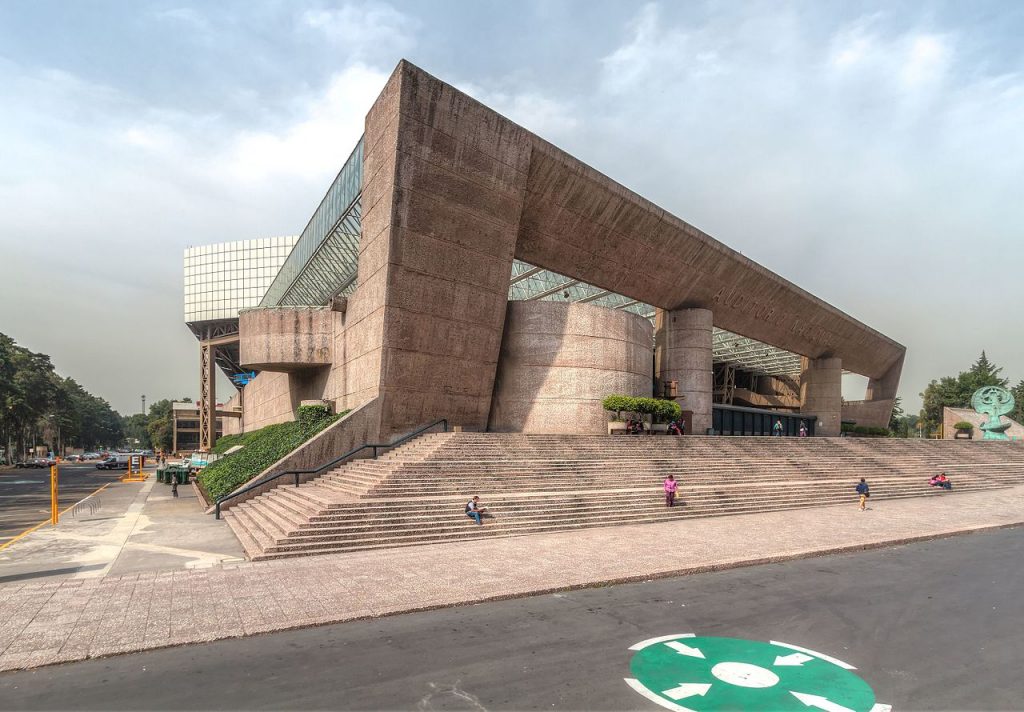
Mexico City’s Auditoro Nacional is the leading performance stage in the country. With 9,366 seats, and a stage 23 meters high by 23 meters wide, it’s a very big venue.
The National Auditorium began in 1952, primarily as a site for equestrian events. The national equestrian team had played well during the 1948 Olympics in London and so got a brand new stage. The President, Miguel Alemán, donated part of the neighboring Campo Marte to keep the sport going.
The first structure, which included barns, stables and a main theater, was of riveted iron. It opened in 1952, still not completed, for the Lions Club World Convention. Just six months later, the arena was closed and work was suspended.
In 1953, it re-opened as the El Granero Theater, with a circular stage. It began to be referred to as the National Auditorium by 1955. For more than three decades, the National Auditorium was host to artistic and cultural events. It also operated as a venue for trade fairs, political and social events, international beauty pageants, and host to the 1968 Olympic Games.
The Remodeling
By the end of the 1980s, a major remodeling was in order. The architects Teodoro González de León and Abraham Zabludovsky were awarded the project. After 18 months, the building reopened in 1991, with a new stage for concerts and events. Rock bands, artists, and orchestras all took to the new venue. In 2002, the auditorium was granted the Pollstar Award for ¨Best International Venue¨.
Today, the auditorium hosts a wide variety of musical genres, dance and ballet events, cinema and opera performances. It still hosts exhibitions of photography, painting, sculpture and popular art. About 30 million people have attended events here over the past 25 years.
Just in front of the Polanco Hotel Zone and next to the Campo Marte Military Installation, it’s the main venue for presentations in the country and is considered one of the most important in the world by various specialized media. Just outside is the Metro Auditorio Station on Metro Line 7.
In the main lobby is a display case with objects left from past performers. Sculptures include Escenario 750 by Vicente Rojo, and a sculptural mural called Teorema inmóvil by Manuel Felguérez.
The Auditorium is also home to the OMAN, the Monumental Organ of the National Auditorium. This is believed to be the largest organ in Latin America with 15,633 pipes.
The esplanade of the building is home to the sculptures La luna by Juan Soriano, and Tres figuras aureas by Teodoro González de León. The complex is also home to the Lunario del Auditorio Nacional. It’s a much smaller venue for concerts before an audience of about 1,000 guests. Tickets for both the main auditorium and the Lunario are available from Ticketmaster.
![]() The Turibus Polanco and Historic Center circuits both stop immediately out front of the auditorium. There’s also information on taking either or both routes.
The Turibus Polanco and Historic Center circuits both stop immediately out front of the auditorium. There’s also information on taking either or both routes.
![]() The Capital Bus Center-Polanco Route stops at the same point, on the northeast corner of complex. The buses are nearly always visible here. The stop is also a sales point for those wishing to board for the first time. Seasonally, the Reforma-Santa Fe Route will also stop here on its way back from Santa Fe. The Route operates only during July, August, December and during Semana Santa.
The Capital Bus Center-Polanco Route stops at the same point, on the northeast corner of complex. The buses are nearly always visible here. The stop is also a sales point for those wishing to board for the first time. Seasonally, the Reforma-Santa Fe Route will also stop here on its way back from Santa Fe. The Route operates only during July, August, December and during Semana Santa.
 auditorio@auditorio.com.mx
auditorio@auditorio.com.mx
 +52 (55) 9138 1350
+52 (55) 9138 1350
 http://www.auditorio.com.mx
http://www.auditorio.com.mx
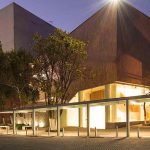
Nearest at 0.15 kms.
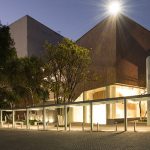
Nearest at 0.16 kms.
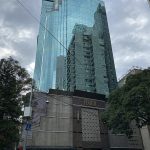
Nearest at 0.25 kms.
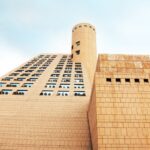
Polanco's luxury retail inclination...
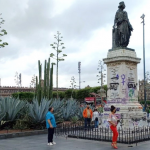
An important stop for Turibus and Capital Bus, it's more than just that...
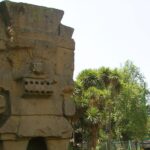
Tlaloc's great move from EdoMex has never been forgotten.
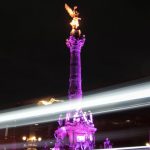
Likely the most prominent symbol of Mexico City, El Ángel is always at the center of things...
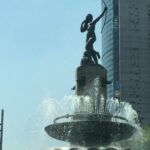
One of Reforma's most striking "glorietas," the Diana is more than a copy of some Euro original. It's homegrown!